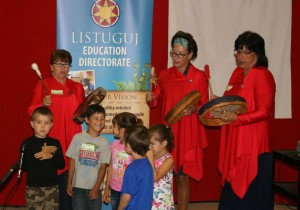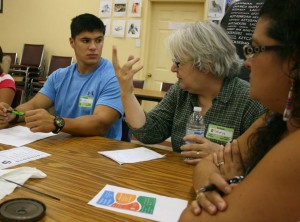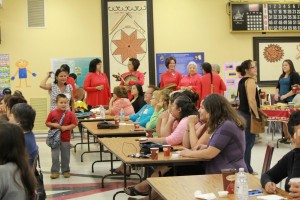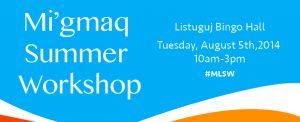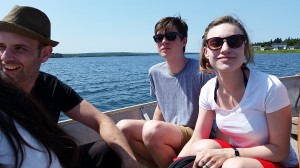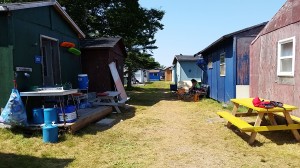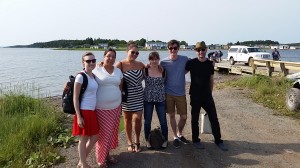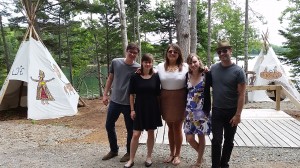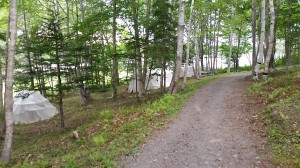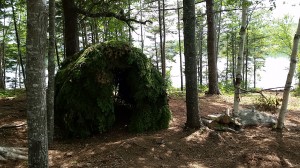I am sure everyone knows that there is a strong importance of “preserving our language”—a phrase has been thrown around so much lately that it’s starting to lose its true meaning. I have wondered if non-speakers actually know that our language represents everything about native people’s ways: nature and land, spiritual ways, and even jokes and humor. It is embedded within the language that Mi’gmaq people have been doers, and our language is the life-force of our culture. Mi’gmag speakers have a totally different worldview than non-speakers, and as an indigenous person, wouldn’t you want an authentic worldview? Many may not understand how important it is to lose that part of your central identity and it’s so unfortunate to see so many of our people not taking action.
It only took that one generation, the parents who did not teach their children the language, to create the struggle we are in right now. It is our responsibility to start “preserving our language” rather than just acknowledging the fact that the issue exists. I understand it is difficult to learn a new language but it is not impossible, especially with all the resources out there. I have actually met people who learned our language within a month, and have held conversations with fluent speakers. This gives me hope for our own people.
My vision for Listuguj is for our people to seek identity through language and to share this aspiration with the future leaders of the community. We need to start doing things as a community to revive the sense of unique individuality as Mi’gmaw people. For example, I would essentially love to see a language camp developed –taking some of our kids to learn every aspect of their culture where the Mi’gmaw language spoken at all times. The central thesis would be to seek truth through learning the language along with learning about our peoples’ inherent connectedness with nature. When dealing with these future leaders, I understand the struggle in being divided between wanting acceptance from peers and being authentic to who you are. It is inevitable as an Indigenous person to encounter those who view us as a stereotypical drunk, poor, lazy Indian. Today, I can already see the kids in school who are lacking confidence in where they come from. These are the children that are going to fall into the stereotype or rise above it. My goal would be to spark the minds of the participants who will change their perspective on being Indigenous—inspire them to tackle this important issue of our diminishing language that our community has been burdened with. I want to change the minds of young kids, instead of them taking on the ways of the people who are essentially rejecting them, to thoroughly accept themselves for who they are as Indigenous Peoples.
Of course, the list is endless with what we can achieve. But I have faith that in the years to come, Listuguj will change perspectives in how choices are made for the community and to thrive in what is rightfully ours—a Mi’gmaw speaking community.
“Many Mi’kmaq argue that their language is their culture, the loss of which would be devastating. Not only does the language continue to be vital to the culture, it is beautiful and filled with profundity.” ~ Bernie Francis & Trudy Sable.


